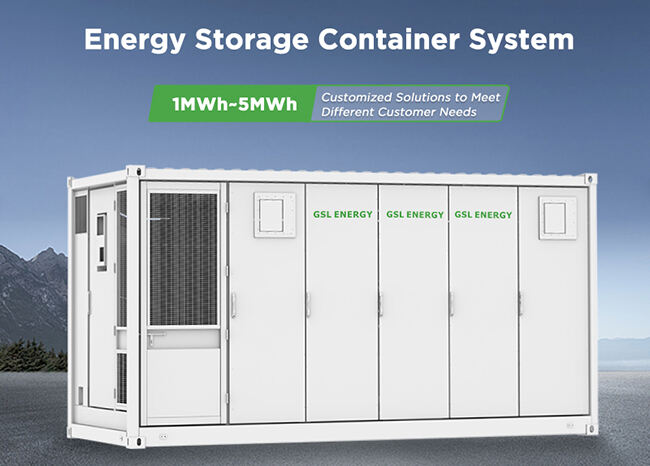What is a Commercial and Industrial Energy Storage System?
As the energy structure undergoes rapid transformation and electricity costs continue to rise, commercial and industrial users are actively seeking more economical, efficient, and sustainable electricity solutions. Commercial and Industrial Energy Storage Systems (C&I ESS) are emerging as a key choice for many businesses transitioning toward green energy management.
1. What is a C&I Energy Storage System?
C&I energy storage systems are intelligent energy devices that utilize battery technology (such as lithium iron phosphate, ternary lithium, lead-acid, etc.) to store and flexibly release electrical energy. The system can charge and store energy during off-peak electricity price periods and discharge and use energy during peak electricity price periods. It can also be integrated with clean energy sources, such as solar and wind power, to achieve multiple functions, including peak shaving, valley filling, backup power supply, and energy dispatch.

2. Core Functional Advantages
Peak Shaving and Valley Filling: Discharge during peak electricity rates and charge during off-peak periods to effectively reduce corporate electricity costs.
Enhanced Power Supply Reliability: Provide uninterrupted power support for critical equipment during sudden power outages.
Green Energy Utilization: Operate in conjunction with photovoltaic and wind power systems to increase renewable energy utilization rates and reduce curtailed electricity.
Electricity Quality Optimization: Improve voltage fluctuations, reduce harmonic interference, and ensure stable operation of industrial equipment.
Support for Microgrid Development: Enables multi-energy complementarity, local consumption, and intelligent dispatch.
3. Typical Application Scenarios
Commercial Facilities
Office buildings, commercial complexes: Reduces peak electricity load, saves demand charges; provides emergency backup power supply.
Data centers, communication base stations: Ensures 24/7 continuous power supply, prevents system downtime; integrates with photovoltaic systems for green operations.
Supermarkets and cold chain warehouses: Stabilize refrigeration system operation and reduce product losses caused by sudden power outages.
Industrial Sector
Manufacturing plants: Optimize power consumption structure and address instantaneous voltage fluctuations; improve equipment utilization efficiency and reduce production risks.
High-energy-consuming industries: Such as steel, chemical, and cement plants, energy storage systems can balance power loads and reduce expansion investment.
Industrial parks: Create park-level microgrids, centrally dispatch local clean energy, and achieve energy self-sufficiency.
Mining and oil and gas industries: Replace traditional diesel engines in remote or off-grid areas to reduce operating costs and carbon emissions.
4. Why choose C&I ESS?
Green and environmentally friendly: Reduce carbon footprint and help achieve “dual carbon” goals.
Economic benefits: Help companies reduce electricity operating costs and improve electricity flexibility.
Technological maturity: The system is scalable and modular in design, suitable for a variety of application environments.
Improved energy independence: Provide more reliable power supply in areas with unstable power grids.


